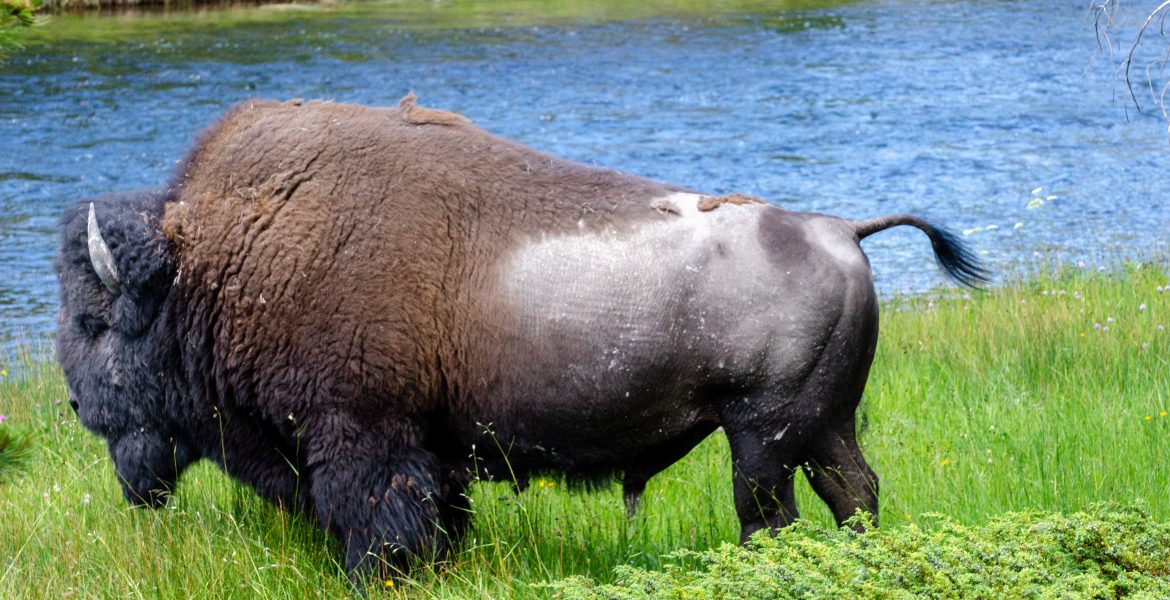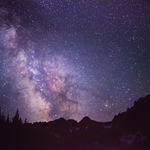
Buy Images – American Bison Stock Image Downloads
Free Stock PhotosContents of this Post
Buy Images: Stock Photos for Photographers, Bloggers, and Designers
Click on the button below any image below to view a free, downloadable stock image for free use on your website, blog, print or digital media, or other project.



Copyright and Credit
How to Credit
All images are property of Mod Fam Global LLC and offered for private and commercial use, free of charge. Please credit Mod Fam Global, LLC, https://modfam.global/ for any public, online, or print materials using our images.
Send us a Note
If you use any of our free fire background stock images for online or commercial use, please send us a note and let us know how you used the photos. We love to see how our photography is being used, and we appreciate photo credit and links back to our site.



How to Photograph American Bison
Do Not Approach the Bison!
Yellowstone National Park is known for its wildlife, including American Bison that roam freely through the park. Unfortunately, every year there are reports of tourists approaching bison and being charged, thrown into the air, and injured. When we were hiking around Yellowstone, a family and other nearby tourists approached a bison that was bedded down near Old Faithful Geyser. The bison charged a 9-year-old girl, throwing her into the air before she landed several feet away. Fortunately, she was released from the hospital with minor injuries, but the incident is not unique.
Don’t Follow the Herd: Keep Your Distance
This should go without saying, but bison are wild animals that should not be approached. Wild animals are not the only mammals in Yellowstone that appear to behave according to a herd mentality. Humans in the park frequently congregate along roadsides and open meadows near bison and then creep closer and closer to try and capture the perfect photo of a bison in its natural habitat. We’ve seen people approach bison and then turn their backs to get a selfie with the massive beasts behind them. Rule #1 when photographing bison: do NOT approach the bison!



More Tips for Photographing American Bison
Picking the Right Lenses
Now for the technical details: As with most wildlife, you’ll want to have equipment that can handle the unique features of large, unpredictable, and mostly uncooperative subjects. To start with, the lenses you select can mean the difference between a sweeping, wide-angle view of the bison in its habitat or a close-up of its face, horns, and fur. My two lenses of choice for photographing bison are my 70-300mm lens and my 600mm lens for keeping a safe distance while capturing a lot of fine detail. Both of my larger lenses have internal motors and vibration control/reduction, which helps reduce blur at those focal lengths. Depending on the light and conditions, I sometimes use a polarizing filter, especially for photos with sky or water in the background.



Setting Your Aperture and Shutter Speed
Once you’ve selected your lens, discovered your mammalian subjects, and set up the shot, you’ll want to experiment with ISO, aperture, and shutter speed combinations. For bright, sunny days, I usually start with an aperture around f7 and a shutter speed around 1/250. With a polarizing filter, I’ll drop the shutter speed down to 1/160 or so. For aperture, much wider than f7 will create too narrow a depth of field, leaving much of the animal blurred. Restricting the aperture down will widen the depth of field but let significantly less light in. That will also result in blurred images because you’ll have to lower your shutter speed even further to allow enough light to expose your image.



Setting Your ISO
The higher the ISO, the more grain and noise you’ll have in the image. I try to shoot around ISO800-1,000, but in low light I may increase that a bit to get clear, crisp images of moving animals. I will sometimes drop that down to ISO640 or even ISO400, but only in brighter light conditions. Digital cameras have pushed up the maximum ISO and greatly increased the possible range while minimizing noise and grain at ISOs that go way beyond traditional film. Extremely high ISOs, though, create images with a lot of distortion, noise, and grain that requires more post-production processing. I prefer more natural, minimalist edits, so I avoid extreme ISO settings to achieve wildlife images like these with little or no post-production editing.

















[…] American Bison […]